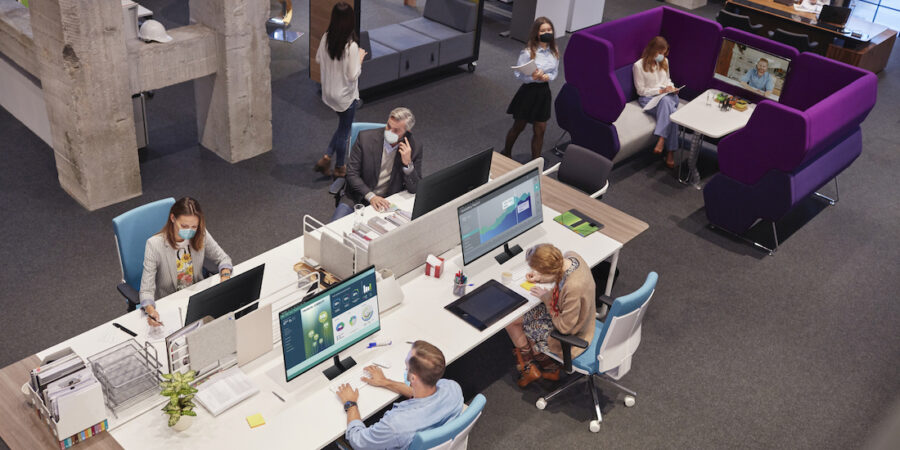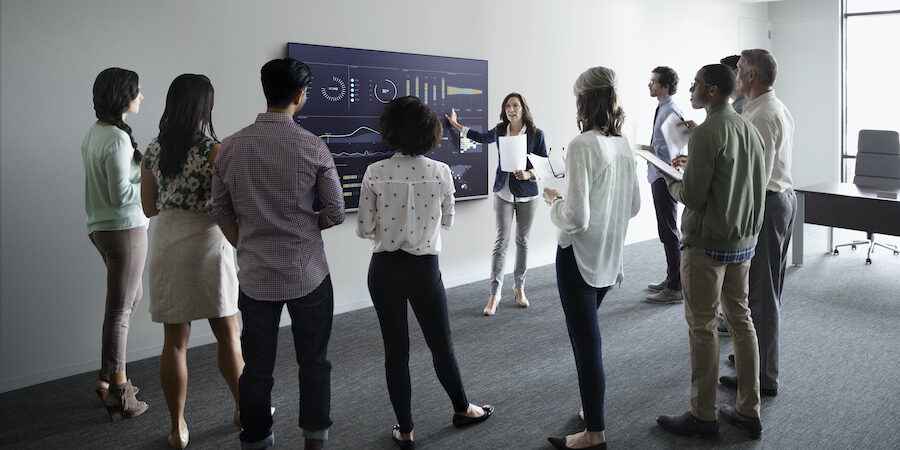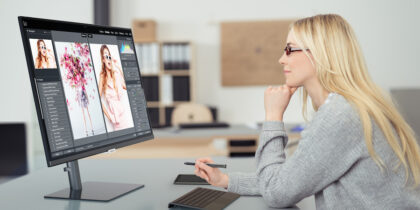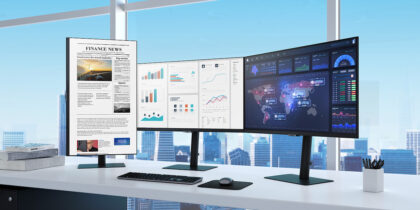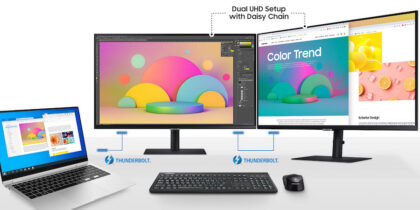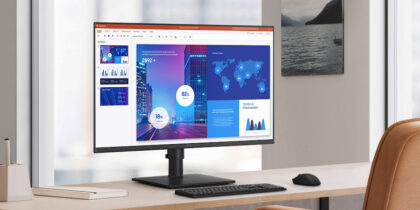Before the pandemic turned the world of work on its head, research suggested 17 percent of Americans worked remotely (mostly, but not entirely, from home offices). In 2021, that number was at 44 percent — and many analysts agree that percentage will only increase. Going into the office as a Monday-to-Friday, 9-to-5 matter of routine may well be over for good.
To meet changing employee demands, many companies have adopted a hybrid model of working, with employees combining working from home with periodic visits to an office. Inevitably, the concept of the office is changing — flexibility is key, and hot-desking, where one desk can be used by multiple employees throughout the week, will only become more prevalent.
There are across-the-board benefits of flexible workspaces. Given that workplace attendance will likely be staggered under the hybrid working model, the physical workspace itself can be smaller, and thus more affordable. Plus, there is evidence to suggest a flexible workspace can contribute to improved productivity.
A functional and flexible office requires a well-thought-out design and technology that’s appropriate for meetings as well as individual tasks. That technology should be as logical, straightforward and reliable as possible.
Reimagine your offices for the hybrid workforce
Walk through the market drivers, societal shifts and technologies of the reimagined office in this free guide. Download Now
Individual workstations
The idea of hot-desking is only practical if it’s properly implemented. The hybrid worker needs to be able to come into the office space and hit the ground running, rather than waste time searching for cables, finding the right connections and deploying backup drives. That’s why a USB-C monitor makes perfect sense in this environment: They’re rapid and simple to connect, require a minimal amount of physical connections and can support numerous peripherals without difficulty.
Samsung has quite a number of USB-C monitors, including the affordable and adaptable 24-inch FHD S40UA. Its borderless design is perfect for use in a dual-monitor setup, and its multiple connectors make it compatible with a variety of peripherals. It features Samsung’s Flicker Free technology and Eye Saver Mode to reduce blue light and prevent eye strain and fatigue. Samsung’s QHD S60UA monitor has the same protective features for eyes, as well as USB-C ports to support simple daisy chaining.
Unique workstations
Not everyone requires exactly the same working environment in which to be comfortable and productive. Adaptable office furniture is important in the flexible workspace, especially where desks are concerned. Some people prefer to work at a standing desk while others are fine in a small seated nook.
A monitor that can tilt and swivel, and then lock into position at the ideal viewing angle, is perfect for applications such as this. Many Samsung monitors feature adjustable stands to ensure they’re always in the perfect position no matter who is viewing them. One such monitor is the new ViewFinity S80PB, which also has a matte display to reduce glare on the screen. The world’s first UL-verified glare-free monitor* ensures consistent brightness and colors no matter the lighting.
Some workers may require a larger workstation with a widescreen and/or curved monitor. A Samsung widescreen monitor offers a greater viewing area, making multitasking more straightforward. A curved monitor like the S65UA or S95UA, meanwhile, allows a more immersive presentation of content, needing only eye movement to assimilate everything that’s on the monitor screen.
Collaboration and interaction hubs
One of the most compelling reasons for spending time in an office is the ability to meet and interact with work colleagues. So, when developing a flexible workspace, an area devoted to group collaboration is key.
The Samsung Interactive Pro is the ideal center of any collaborative workspace. After all, sharing ideas and brainstorming solutions are the very essence of collaboration — technology that facilitates this communal effort is essential.
In the past, conference rooms may have been equipped with a whiteboard or a paper flipchart. Samsung has drawn inspiration from both the form and the function of these workplace staples and produced a digital, interactive and streamlined update.
With an embedded web browser and numerous connectivity options, workers can either work directly on the interactive whiteboard or connect their personal laptop or smartphone and mirror their content for all to see. All the annotations and notes from the meeting can be downloaded and shared immediately via email or cloud storage networks. It even turns on as you walk toward it, so your meeting is up and running immediately.
While designing and deploying a flexible office, it’s important to specify the technology that’s going to make your flexible workspace truly flexible. Consider monitors and displays that prioritize ease of use and have several connectivity options, so employees can come in and get right to work.
Learn how Samsung’s interactive whiteboards help teams present and showcase content easily. Then, get your free guide to effectively planning your next meeting room technology upgrade.
*UL (Underwriters Laboratories) defines “glare-free” as a reflection glare of less than 10 UGR (Unified Glare Rating), a discomfort glare of less than 22 UGR and a disability glare of less than 34 UGR.
